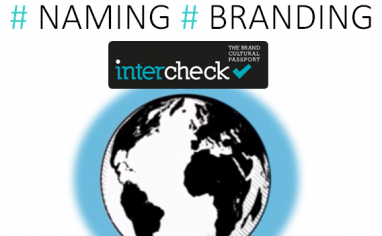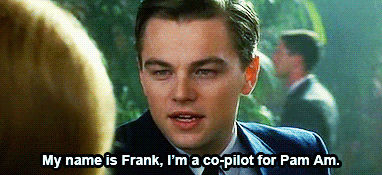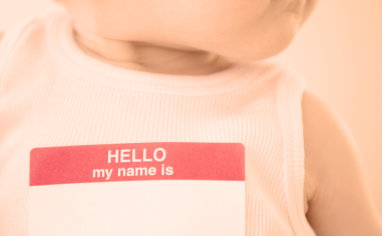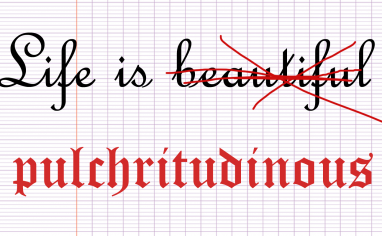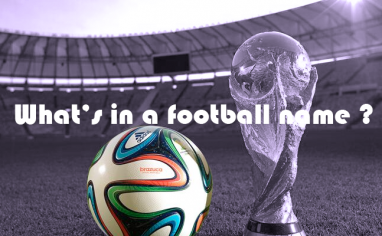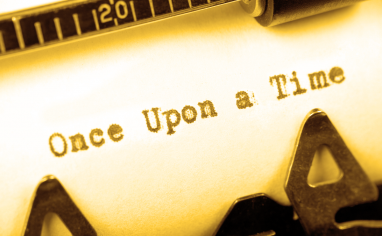Comment t’appelles-tu ?
Globalisation is widely associated with the English language, the common language of the business world and social media, however despite English being the most used language online, it is still just one of over a thousand languages spoken in the world. Zimbabwe alone has sixteen official languages, so when we are to imagine the release of a new foreign brand in Zimbabwe, we can safely assume that on first sight the locals wouldn’t all pronounce it in the same way….
Read more >